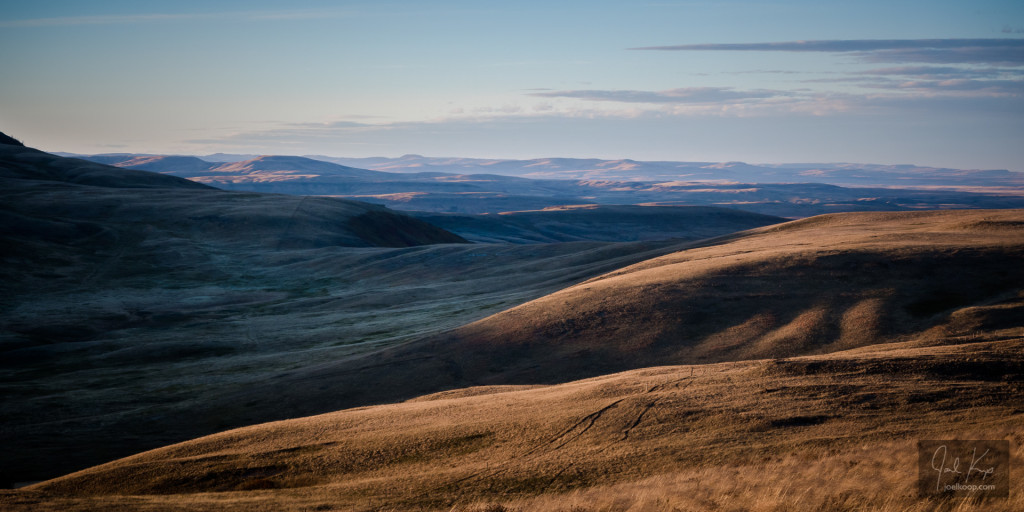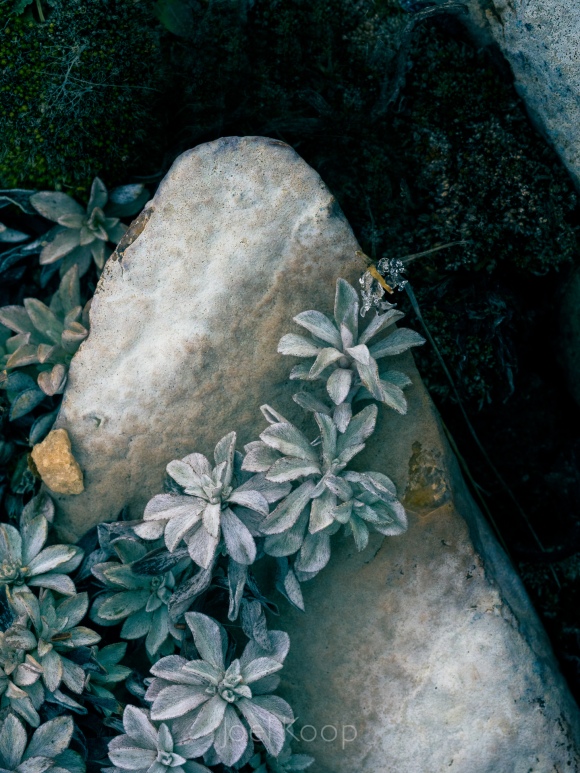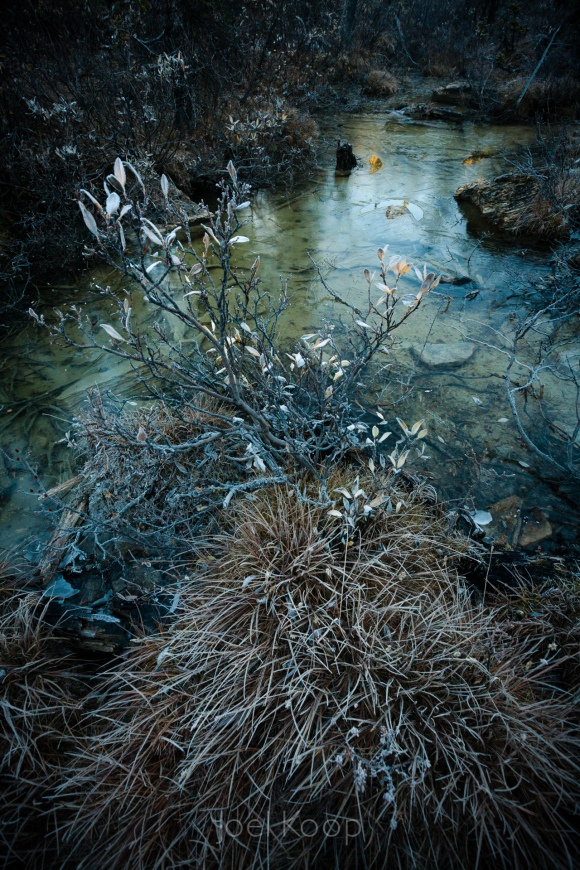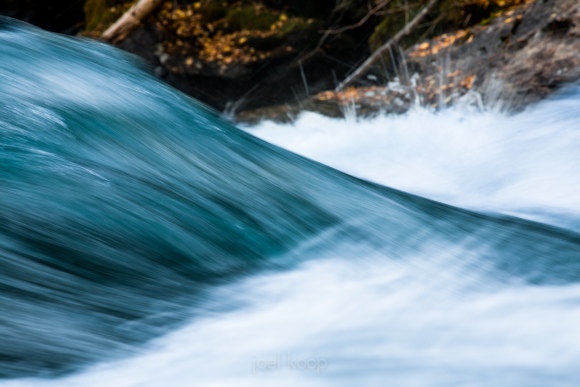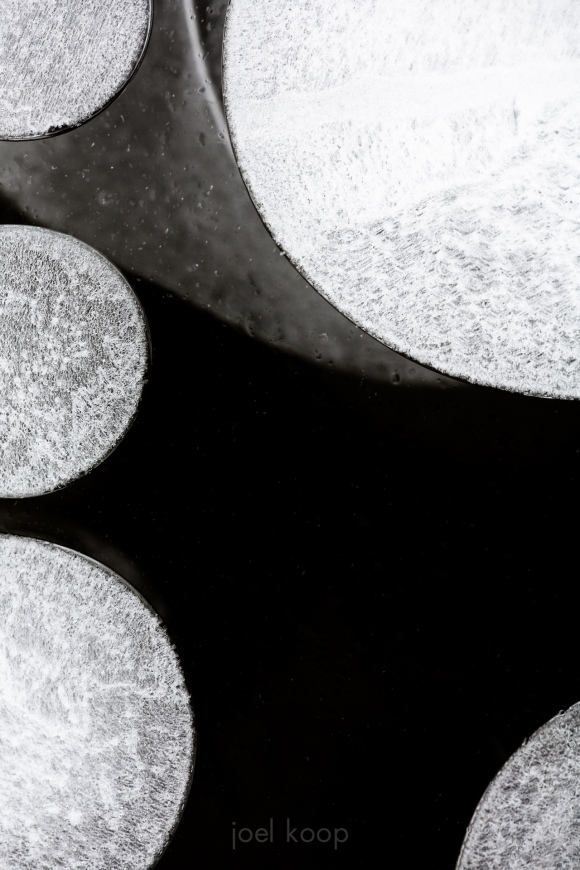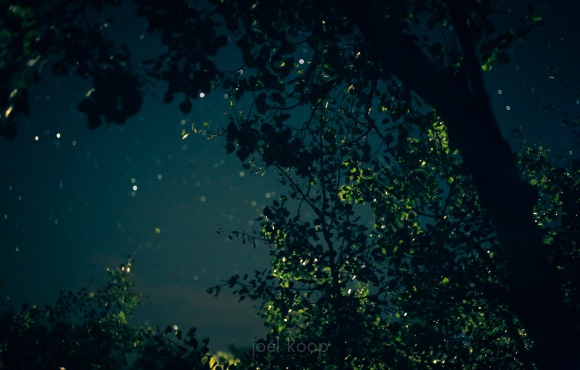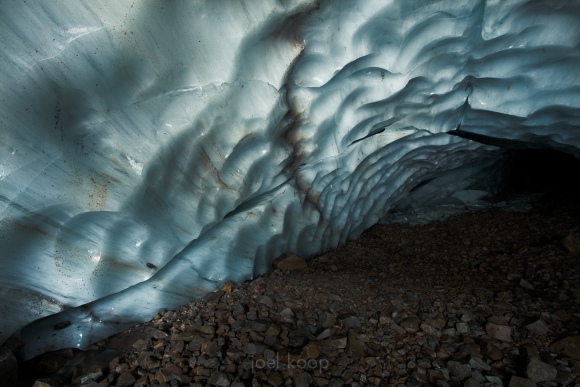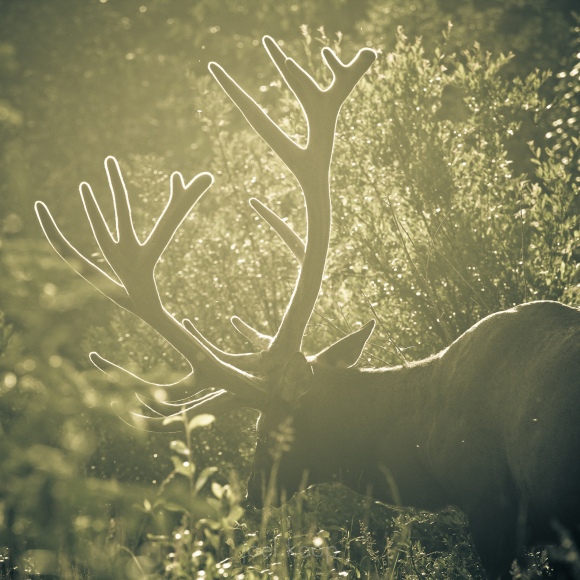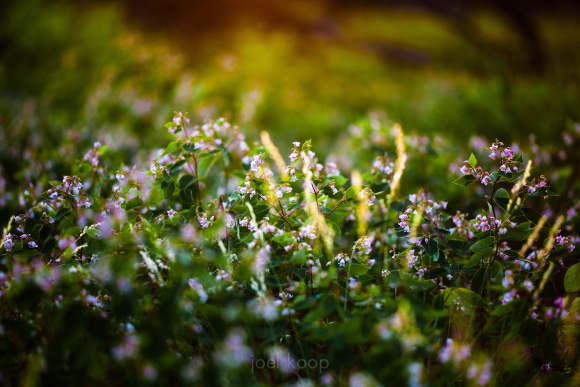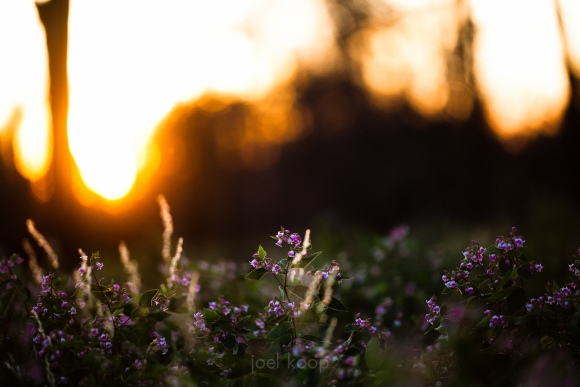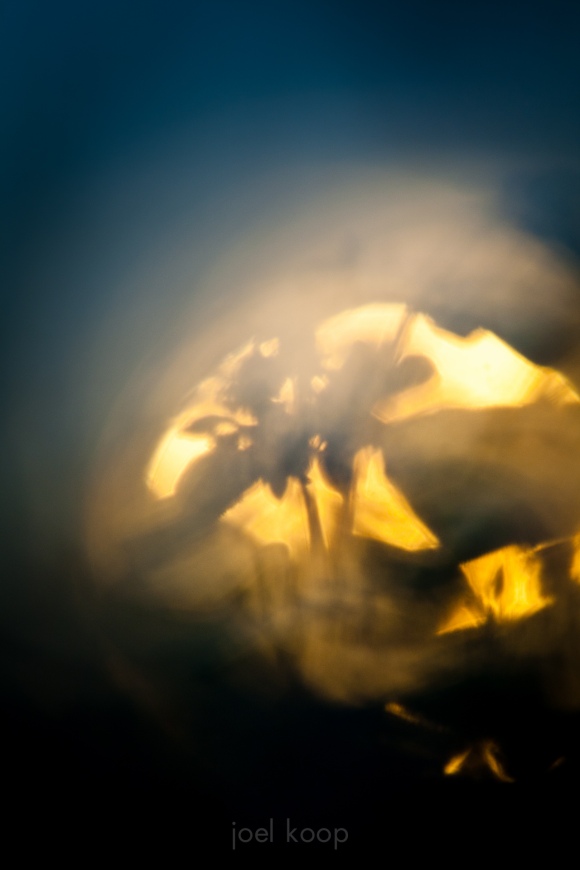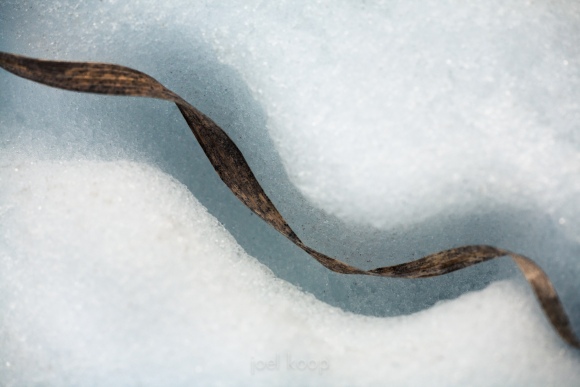It’s been a while since our last composition class, so I’m excited to have one scheduled again! We also have the ever popular “Mastering Your SLR” class coming up pretty quick. The Composition Class is May 8th and the Mastering Your SLR is April 24th. For information or to register visit the Mastering Your SLR page or the Composition page on the St. Albert Photo Classes website.
I took this photo in a cave in Cuba. It was a fascinating experience – partly lit because of the holes in the ceiling but still dark enough to need flashlights or headlamps. There were many little bats chittering away. They seemed to be hanging out in little groups (probably with their families) with one in each group keeping an eye on us to make sure we didn’t bother them.
I chose this photo for the Composition class announcement because it is an interesting example of some of the topics we discuss as a group. It is a good example of leading the viewer’s eye with lines and with strong contrast. It also shows how the contents of a photo are always viewed in relation to the edges. I love talking about this kind of stuff (and much more) with students and it’s always interesting to hear other perspectives on this! While everyone sees different things when they look at a photo there are a remarkable number of similarities in what we see. If you’re interested in composition I hope you can join us!

